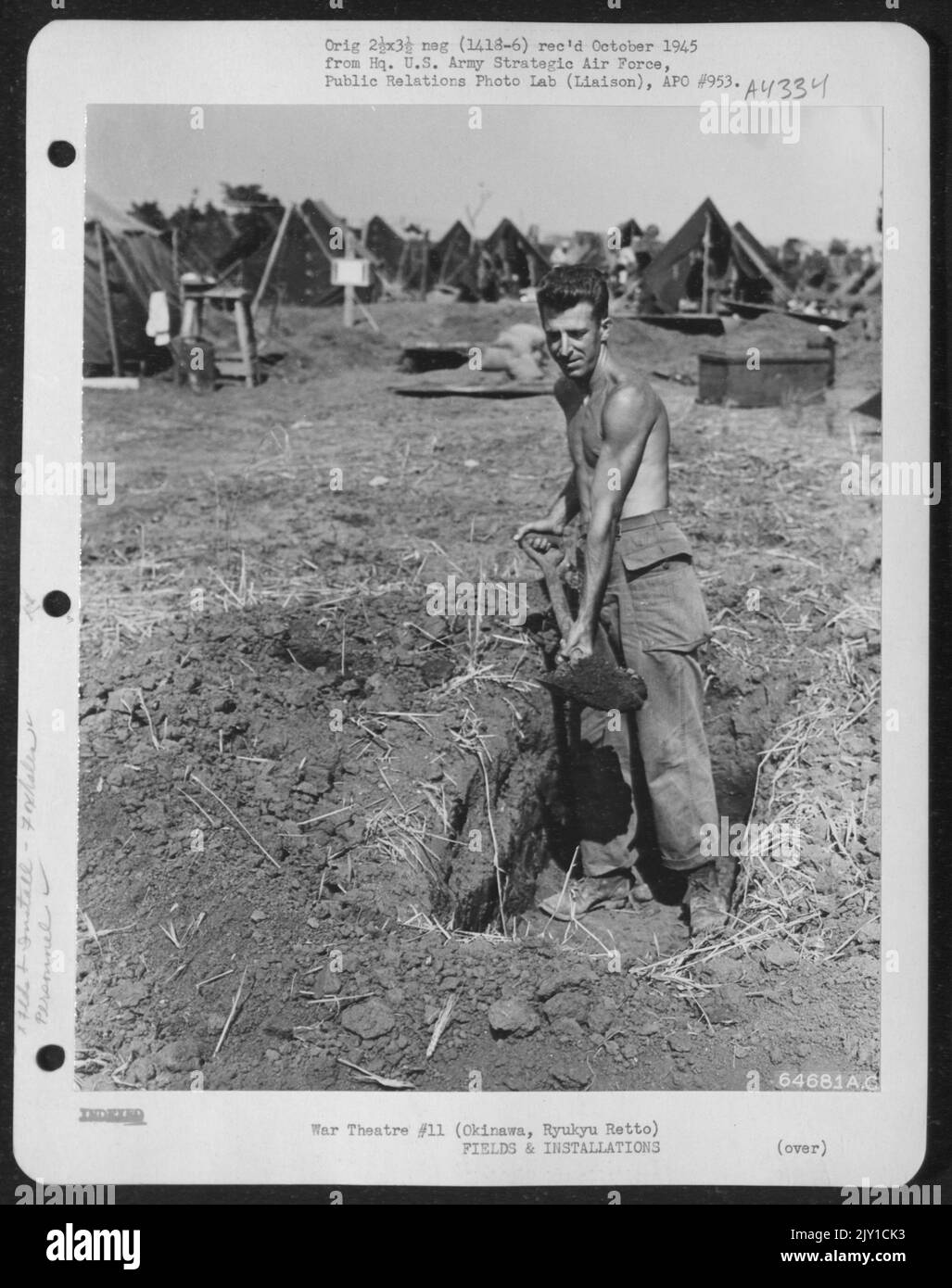Ever wondered what the numbers behind your Foxhole victories (or defeats) truly mean? This article delves into the rich tapestry of Foxhole statistics, revealing what they represent, why they matter, and how you can leverage them to enhance your gameplay. We’ll explore everything from kill-death ratios and resource gathering efficiency to the impact of weapon choices and the overall population dynamics that sway the tides of war. Consider this your comprehensive guide to understanding the deeper mechanics of Foxhole’s persistent conflict, helping you improve your skills and potentially even predict the next major battlefield shift.
Decoding the Battlefield: What the Numbers Tell Us
Foxhole stats are far more than just a simple kill count; they offer a nuanced perspective on the complexities of persistent warfare. They provide insights into team resource management, strategic effectiveness, and the influence of sheer player numbers on war outcomes. It’s like gaining X-ray vision into every conflict.
The Data Delve: Sources and Methods
To build the most comprehensive picture possible, we’ve gathered data from a multitude of sources. This includes:
- FoxholeStats.com: A primary source offering historical data on numerous wars, including previously unreleased population and queue data (Wars #63-111, spanning over 3.5 years). [https://www.lolaapp.com/]
- MMOStats.com: Provides data on daily active players and subscriber counts, offering another view of player engagement. [https://www.lolaapp.com/]
- Steam Charts: Tracks Foxhole’s player base over time, showing trends in player numbers and overall game popularity. [https://www.lolaapp.com/]
- Foxhole Wiki and Community Resources: These invaluable community-driven resources add context and diverse perspectives to the statistical analysis. [https://www.lolaapp.com/]
- Reddit and Discord: Discussions within the Foxhole community provide valuable qualitative data and player insights. [https://www.lolaapp.com/]
- YouTube Analysis (Robert LuvsGames): Robert LuvsGames’ videos offer further analysis and visual representation of population trends and their strategic implications. [https://www.lolaapp.com/]
Our analysis combines these diverse sources to paint a richer, more nuanced understanding of Foxhole’s dynamics than any single source could provide.
Player Numbers: A Complex Equation
Intuitively, more players often equate to victory, but Foxhole’s reality is far more intricate. Our analysis reveals a complex relationship between player numbers and war outcomes. While a significant numerical advantage often leads to victory, skilled teamwork, strategic planning, and efficient resource management can often turn the tide. In some cases, a smaller, well-coordinated force could even overcome a numerically superior opponent. We will use charts and graphs to illustrate how different player counts influence outcomes, and how effective strategies can amplify or mitigate the impact of player numbers.
Here’s a small sample illustrating population disparities and outcomes:
| War Number | Players (Team A) | Players (Team B) | Winner | War Length (Days) |
|---|---|---|---|---|
| 47 | 15,000 | 12,000 | Team A | 14 |
| 48 | 10,000 | 18,000 | Team B | 21 |
| 49 | 13,000 | 13,500 | Team B | 18 |
(Note: This is a small subset of our extensive dataset. The full analysis provides a much broader picture.)
Factional Dynamics: Choosing Sides
The choice between Wardens and Colonials is another significant factor influencing population dynamics. Several potential explanations exist for a player’s choice of faction, including:
- Weapon Preferences: Some players might prefer the weaponry and equipment available to a particular faction.
- Factional Lore: Players might be drawn to the narrative and aesthetic of one faction over the other.
- Community Influence: The social dynamics within each faction’s community might influence a player’s decision.
Studying these choices helps us understand player preferences and the overall game balance. Ongoing research may explore these factors in greater depth to better understand the motivations behind faction selection.
Unveiling the Unofficial: Queue Times and Their Significance
Queue times, often a frustrating aspect of the game, actually offer valuable data. Long queues often signal intense battles, a sudden influx of players, or potential server strain. Analyzing queue data alongside win/loss records reveals intriguing correlations between waiting times and war outcomes. Further research might uncover more precise relationships between queue times, population imbalances, and battle intensity.
Predicting the Future: The Limits of Forecasting
While accurately predicting human behavior is notoriously difficult, analyzing historical trends provides a basis for projecting future events. By carefully studying past battles and employing advanced statistical models (such as linear regression or more complex time-series methods), we can attempt to forecast population trends and potentially even estimate the probable outcomes of future conflicts. It’s crucial to acknowledge that this is not an exact science, but provides an educated estimation. Further research might refine these models and improve their predictive accuracy.
Leveraging Insights: From Data to Victory
Our analysis aims to empower you, the player. By understanding Foxhole’s population dynamics and the broader influence of stats, you can make more informed strategic decisions, leading to improved gameplay. This includes:
- Resource Management: Understanding resource demands based on population and war objectives.
- Strategic Planning: Adapting strategies based on population advantages or disadvantages.
- Tactical Adjustments: Anticipating changes in player numbers and adjusting your approach accordingly.
By understanding these factors and their interactions, you can significantly increase your chances of success within the persistent world of Foxhole.
The Ongoing Journey: Future Research and Refinement
This analysis represents a significant step towards a deeper understanding of Foxhole’s stat systems. However, it is an ongoing process. The battlefield is constantly evolving, with new updates and community developments introducing ever-changing dynamics. Consequently, our understanding of these dynamics remains a work in progress, subject to constant review and refinement.
- Limitations of Existing Data: We must acknowledge the limitations of the datasets currently available. Certain factors, such as leadership quality, player skill, and unexpected in-game events are not easily quantifiable and therefore not fully incorporated into our analysis.
- Future Research: Further investigation is needed, such as a more detailed analysis of individual player behavior through detailed gameplay logs, and a deeper dive into the influence of in-game events (weapon releases, territory changes). The interplay between these factors and population dynamics demands ongoing research.
Our conclusions are therefore probabilistic, reflecting the inherent complexities and uncertainties involved. Future research will likely reveal more subtle influences and improve our understanding of the forces at play within Foxhole’s persistent warfare.
- Discover Long Black Pepper: Flavor & Health Benefits - April 25, 2025
- Shocking Twists: The Grownup Review: Unreliable Narration - April 25, 2025
- A Quiet Place Book vs Movie: A Deep Dive - April 25, 2025
















